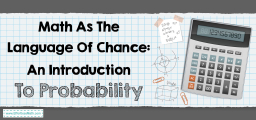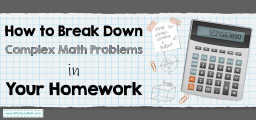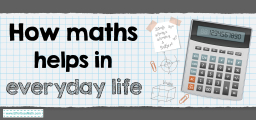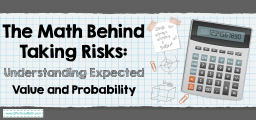Central Limit Theorem and Standard Error
The central limit theorem states that the probability distribution of arithmetic means of different samples taken from the same population will be very similar to the normal distribution. In this step-by-step guide, you will learn more about the central limit theorem and standard error.

A step-by-step guide to central limit theorem and standard error
The standard error is one of the mathematical tools used to estimate the variable. Its abbreviation is \(SE\).
The standard error is the standard deviation of its sampling distribution. We can define it as an estimate of that standard deviation.
The formula is as follows:
\(\color{blue}{SE=\frac{σ}{\sqrt{n}}}\)
Where \(σ\) is the standard deviation and \(n\) is the sample size.
The central limit theorem states that regardless of the distribution of a random variable if large enough samples are drawn from the population, the sampling distribution of the mean for that random variable will approximate the normal distribution. This fact applies to samples greater than or equal to \(30\). In other words, the larger the number of samples taken, the more the sample plot looks like a normal distribution.
The formula of the central limit theorem is as follows:
\(\color{blue}{Z=\frac{x\:̅-μ}{\frac{σ}{\sqrt{n}}}}\)
Where \(x\:̅\) is the simple mean and \(μ\) is the population mean.
Central Limit Theorem and Standard Error – Example 1:
If the lamps produced in a factory have a lifespan with an average of \(43\) months and a standard deviation of \(5\) months. What is the probability of a sample of \(25\) bulbs with a lifespan of fewer than \(42\) months?
Solution: Use this formula to solve the problem: \(Z=\frac{x\:̅-μ}{\frac{σ}{\sqrt{n}}}\)
\(Z=\frac{42-43}{\frac{5}{\sqrt{25}}}\)
\(=-1\)
Therefore, by using the \(z\)-table, we have \(P\left(Z<-1\right)=15.871\%\)
Central Limit Theorem and Standard Error – Example 2:
Find the standard error of the given data: \(4, 8, 12, 16, 20\)
Solution: First, find the mean of the given data;
Mean\(=\frac{4+8+12+16+20}{5}=12\)
Now, the standard deviation can be calculated as;
\(S=\frac{Summation\:of\:difference\:between\:each\:value\:of\:given\:data\:and\:the\:mean\:value}{Number\:of\:values}\)
\(S=\sqrt{\frac{\left(4-12\right)^2+\left(8-12\right)^2+\left(12-12\right)^2+\left(16-12\right)^2+\left(20-12\right)^2}{5}}\)
\(=5.65\)
So, use the \(SE\) formula: \(SE=\frac{σ}{\sqrt{n}}\)
\(SE=\frac{5.65}{\sqrt{5}}= 2.52\)
Related to This Article
More math articles
- Top 5 Free Websites for OAR Math Preparation
- Full-Length 6th Grade FSA Math Practice Test-Answers and Explanations
- List Of the Best Middle School Math Supply for Learning
- Quotient Quest: How to Estimate Division with Two-Digit Divisors
- Decoding the Depths: A Dive into the Composite Floor Function
- What Kind of Math Is on the PSAT/NMSQT Test?
- How to Solve Logarithmic Equations? (+FREE Worksheet!)
- Trigonometric Integrals: A Thorough Guide On Everything You Need To Know
- What Kind of Math Is on the Praxis Core Test?
- How to Solve Conditional and Binomial Probabilities?





























What people say about "Central Limit Theorem and Standard Error - Effortless Math: We Help Students Learn to LOVE Mathematics"?
No one replied yet.